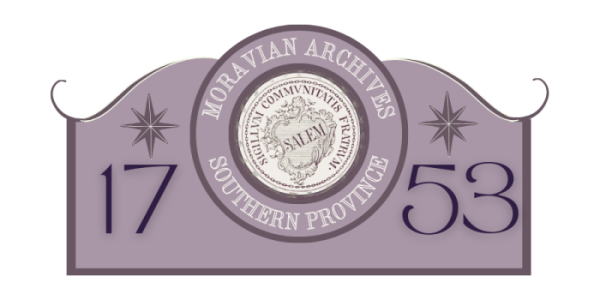Christ Moravian Church
In the late 1800’s the area of “west” Salem was “on the very edge of civilization.” It was also a fast growing area with a number of Moravians settling there, and it was thought perhaps a Sunday school and chapel were needed. So a small building was constructed as an “experiment,” and Br. John F. McCuiston conducted the first service on March 18, 1893.
The “experiment” was an instant success. The Sunday school was organized just eight days later on March 26, as a branch of the old Elm Street Sunday School, and the chapel was dedicated April 9 with Bishop Edward Rondthaler naming it Christ Chapel.
Barely two years later, on July 21, 1895, the cornerstone was laid for a large new sanctuary. Howard Rondthaler, son of the bishop, was called as Christ Church’s first pastor on July 1, 1896, and the new sanctuary was dedicated that July 18. Formal organization of Christ Church as a branch of Salem Congregation followed on October 25, 1896. A parsonage was built in 1898.
Christ Church’s new 1896 home was — still is — a beaut. Like many Moravian churches built in the late 19th century, it has an English Gothic flavor. But even more enchanting is its 12-sided configuration, making it a delightful place for worship.
Lovely as it is, the Christ Church building has also proved very serviceable for the last century and more. Additions have been made. Sunday school rooms were added in 1906 and again in 1919-20. A separate building was constructed in 1938 for the church’s Boy Scouts and Girl Scouts, and a separate fellowship building was constructed in the 1940’s. A large brick parsonage was built in 1957 to replace the one of the previous century.
Christ Church has provided strong support to mission endeavor over the years, adopting, among others, Fred and Anna Schwalbe for their work in Alaska and Sam and Grace Marx in Central America. The church’s “Transa-Moravia” Sunday school class acquired its name from summer camp sessions at Camp Transylvania in the North Carolina mountains in the 1940’s.
Christ Church anticipated its 100th anniversary with 10 years of preparation, all of which culminated on Centennial Sunday, October 27, 1996.
Moravian Archives, 2002
